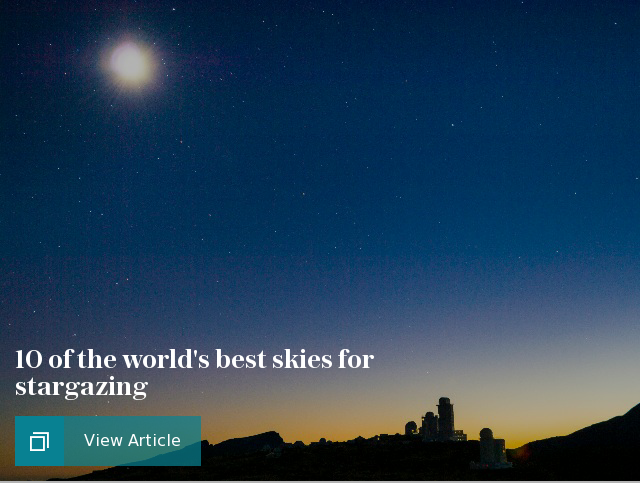Orionids meteor shower will light up the sky this weekend - here is how you can see it

Stargazers are expecting to see a meteor shower peak this weekend, with dozens of shooting stars streaking across the sky as Earth passes through debris of Halley's Comet.
What is the Orionid Meteor Shower?
The Orionid meteors appear every year, with showers producing around 20 meteors every hour.
Over the weekend, the meteoroids from Halley's Comet will strike Earth's atmosphere at a speed of 148,000mph, (238,000kph) burning up in streaking flashes of light that can be seen with the naked eye.
Orionid meteors are known for their speed and brilliance, so if you persevere there's a good chance you'll see several bright 'shooting stars' zipping across the sky.
The Orionid Meteor Shower is one of two meteor showers created by debris from Halley's Comet - the other is the Eta Aquarids in May. Halley's Comet has not been visible from Earth since 1986.
The #Orionids meteor shower will peak this weekend. See if the skies will be clear near you here: https://t.co/dkZdDytCgZpic.twitter.com/0P21P7fx1l
— Met Office (@metoffice) October 18, 2017
When will it be visible?
The shower is active throughout October until November 7, but Tom Kerss, an astronomer at the Royal Observatory Greenwich, says the best time to see it will be on October 22 between midnight and dawn, when the sky is darkest and the shower will be at its brightest.
Mr Kerss said: "We expect the peak to occur on the night of 21/22 October when the young crescent Moon will set conveniently before the radiant of the shower - the point from which the meteors appear to spread out - rises in the east.
"If you can brave the cold, make a plan to stay out between midnight and 3am on Sunday morning to give yourself the best chance, and enjoy the thrill of seeing tiny flecks of Halley's Comet disintegrate at hypersonic speeds above your head."
He advises finding a secluded spot and allowing the eyes to adjust to the darkness.
Mr Kerss said: "There's no advantage to using binoculars or a telescope, your eyes are the best tool available for spotting meteors, so relax and gaze up at the sky, and eventually your patience will be rewarded.
"Meteors can appear anywhere in the sky, though if you have to pick a direction, you might fare slightly better looking east."
More meteors as seen last night from my back garden in #DunedinNZ A shame streelights still on at 3am! #meteor#Orionidspic.twitter.com/L84mFklY9K
— Ian Griffin (@iangriffin) October 19, 2017
Why is it called Orionid?
It's named Orionid because it appears to radiate from the constellation Orion. Orion is one of the brightest and best known constellations and contains two of the 10 brightest stars in the sky Rigel and Betelgeuse, as well as the famous Orion's Belt.
Orion's Belt is made up of three bright stars quite close together almost in a straight line, and is about 1,500 light years from us on Earth.
Orion has been known since ancient times and is also referred to as Hunter thanks to Greek mythology. He is often seen in star maps facing Taurus, the bull.

Meteor, meteorid or meteroite?
A meteor is a meteoroid – or a particle broken off an asteroid or comet orbiting the Sun – that burns up as it enters the Earth's atmosphere creating the effect of a "shooting star".
Meteoroids that reach the Earth's surface without disintegrating are called meteorites.
Meteors are mostly pieces of comet dust and ice no larger than a grain of rice. Meteorites are principally rocks broken off asteroids in the asteroid belt between Mars and Jupiter and can weigh as much as 60 tonnes.
They can be "stony", made up of minerals rich in silicon and oxygen, "iron", consisting mainly of iron and nickel, or "stony-iron", a combination of the two.
Scientists think about 1,000 tons to more than 10,000 tons of material from meteors falls on Earth each day, but it's mostly dust-like grains, according to Nasa, and they pose no threat to Earth.
There are only two incidents recorded where people reported being injured by a meteorite, including one in 1954 when a woman was bruised by a meteorite weighing eight pounds when it fell through her roof.

